'rave culture ain't dead': interview with erin hanna and lucy marshall
'Rave Culture Ain't Dead' is a 70 page photography book by Lucy Marshall and Erin Hanna. Made up of their own film photography and a selection of quotes from ravers, this book showcases the best aspects of rave and why it means so much to people.
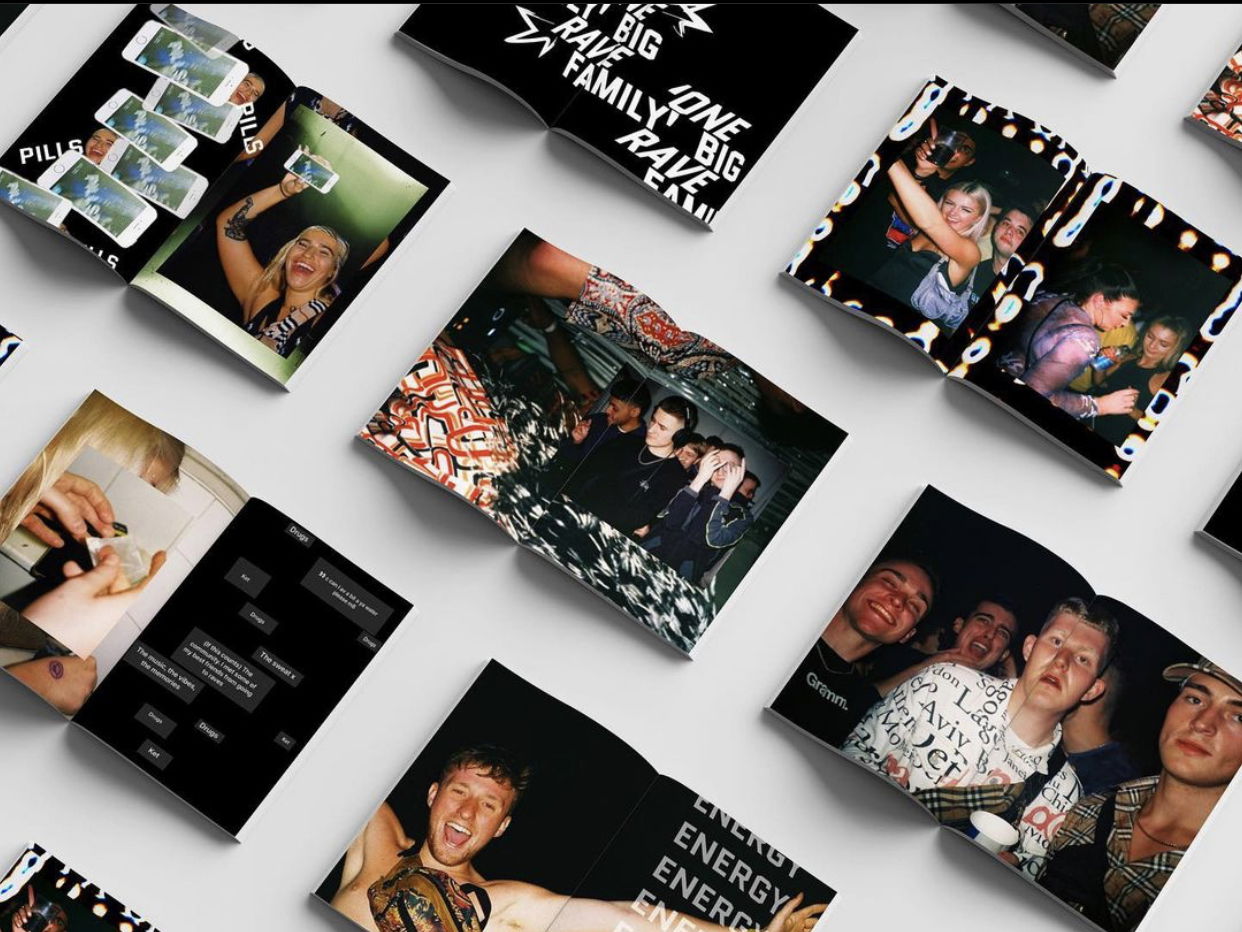
Tell us a bit about the concept behind the book & what inspired you to create it?
The whole concept for our book originally came from Lucy’s dissertation question “British Rave Scene: is it still possible to party like the 90s?”, creating a mag showcasing her graphic design work in which she wanted to portray modern day rave culture; and with us both being film photographers interested in the same scene it made sense to collab.
Lucy: When I originally came up with the idea to include ravers’ opinions on what they love about the scene, my tutors didn’t understand the concept and didn’t think it would work or that there was a market for it. But being involved in the scene, I believed in the community and knew that so many people I knew would want to contribute towards it.
Due to the fact we were missing our mates, normal life and raving so much we decided to revisit the project months later. After finishing Uni and being in and out of work due to the pandemic, life was a bit miserable and it gave us a creative outlet to pour our energy into.The whole book is a curation of our film photography, Lucy’s design work and words from ravers when asked what they love the most rave culture. We wanted to create almost a memoir of the rave scene that people are missing so much right now, something that’s a collection of memories from nights out with our mates but also something that anyone who loves and appreciates the rave scene can relate to. It was emotional putting it together because it made it clear how much the scene means to so many people!
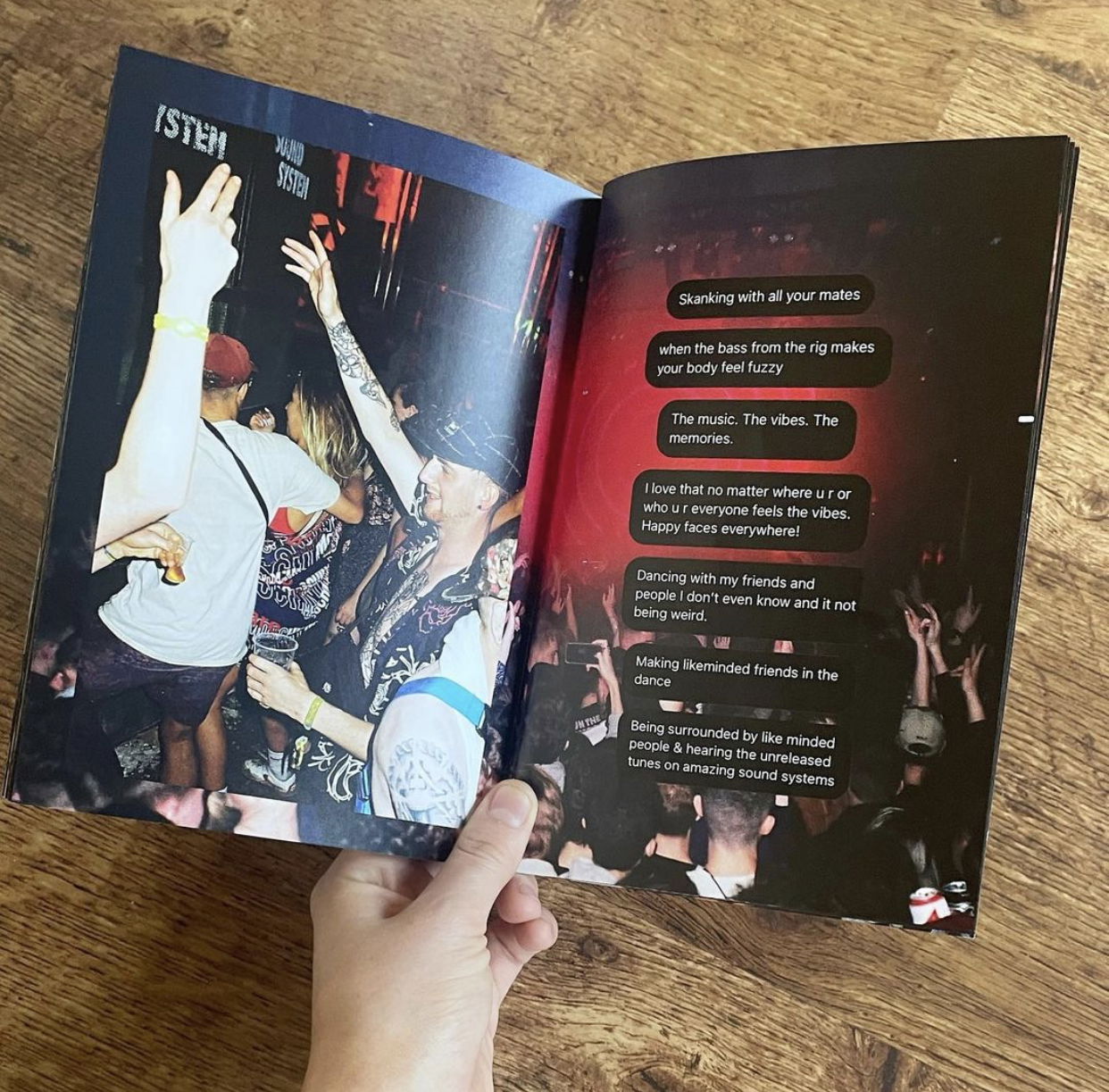
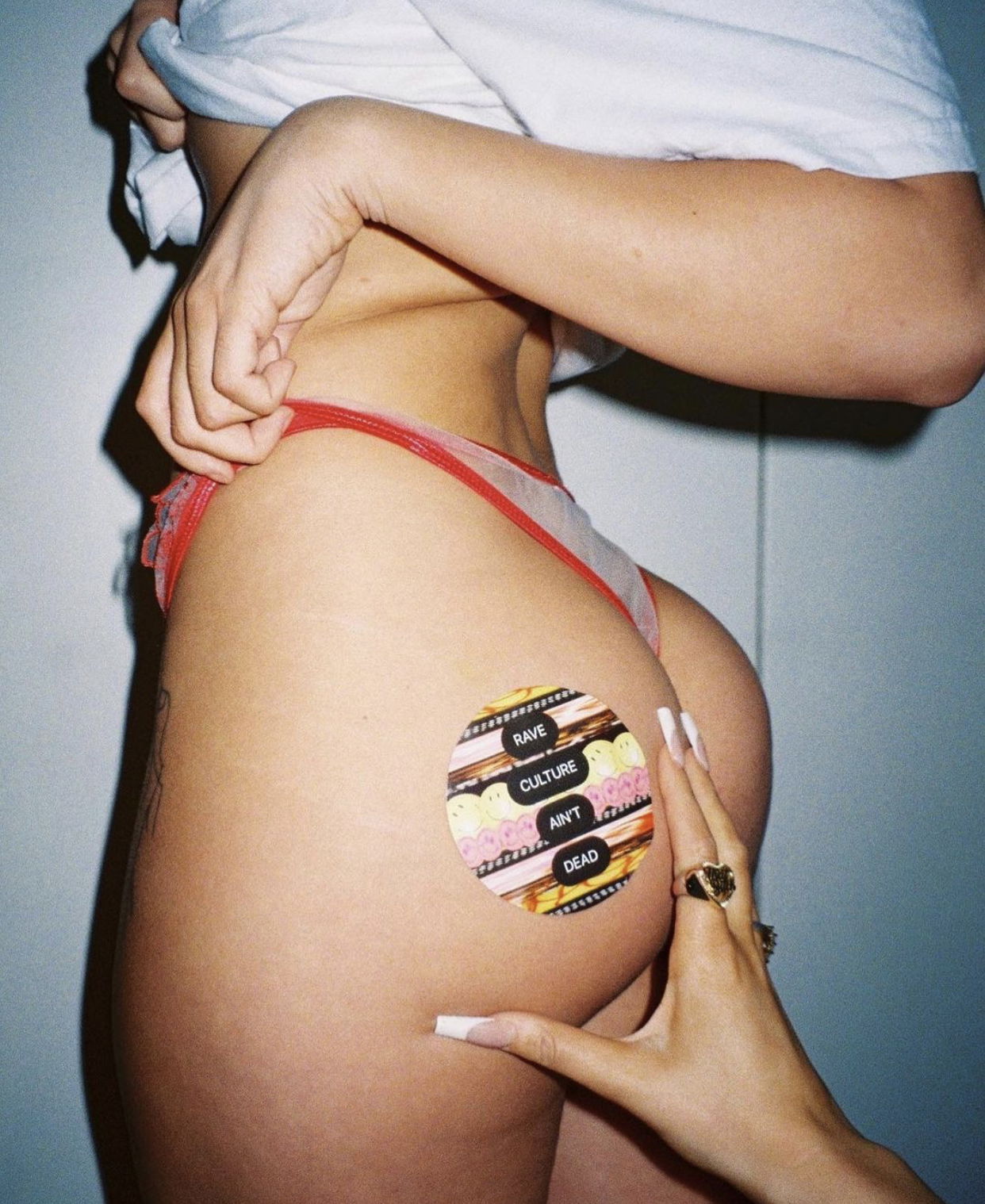
How did you get into rave and what interests you in photographing the scene?
Both growing up in the North (Leeds/Hudds ways), raves, especially free parties are an integral part of youth culture – which is true of pretty much anywhere in the UK but West Yorkshire definitely has its own distinctive scene. We both started going illegal raves (occasionally legal ones if we had a decent fake ID) since about 16, our weekend motives were usually free parties deep in some woods on the outskirts of Leeds. We met properly for the first time at a rave in Nottingham on one of the first nights out at Uni so its kind of funny how it’s come full circle and we’ve become such close friends, but we always said it was weird how we hadn’t met before that despite being from the same ends and definitely going to the same raves over the years. Venues like West Indian Centre, Beaverworks and Otso will always have a massive place in our heart from growing up!
Erin: In terms of why we like photographing it, I honestly started taking a camera to raves just as a way of remembering the night. It was joke to get them developed weeks or months later and see ones of your mates with random people that you met in the smokers, but usually these were cheap Olympus cameras off Depop that broke after a couple of months; over the past couple of years I’ve definitely started taking it more seriously and spent pretty much all my spare pennies on new cameras and getting film developed.
Lucy: I am interested in photographing this scene in particular is because you’re capturing a feeling that’s like no other. The euphoria, freedom, excitement; it’s not just capturing an image, it’s capturing a feeling that’s hard to find anywhere else. We’ve both always been known as the girls with cameras at raves, even since Leeds Fest days being 15 with a disposable camera, so we’ve become used to taking them out with us everywhere, and our best mates definitely love having personal photographers every time they’re out.
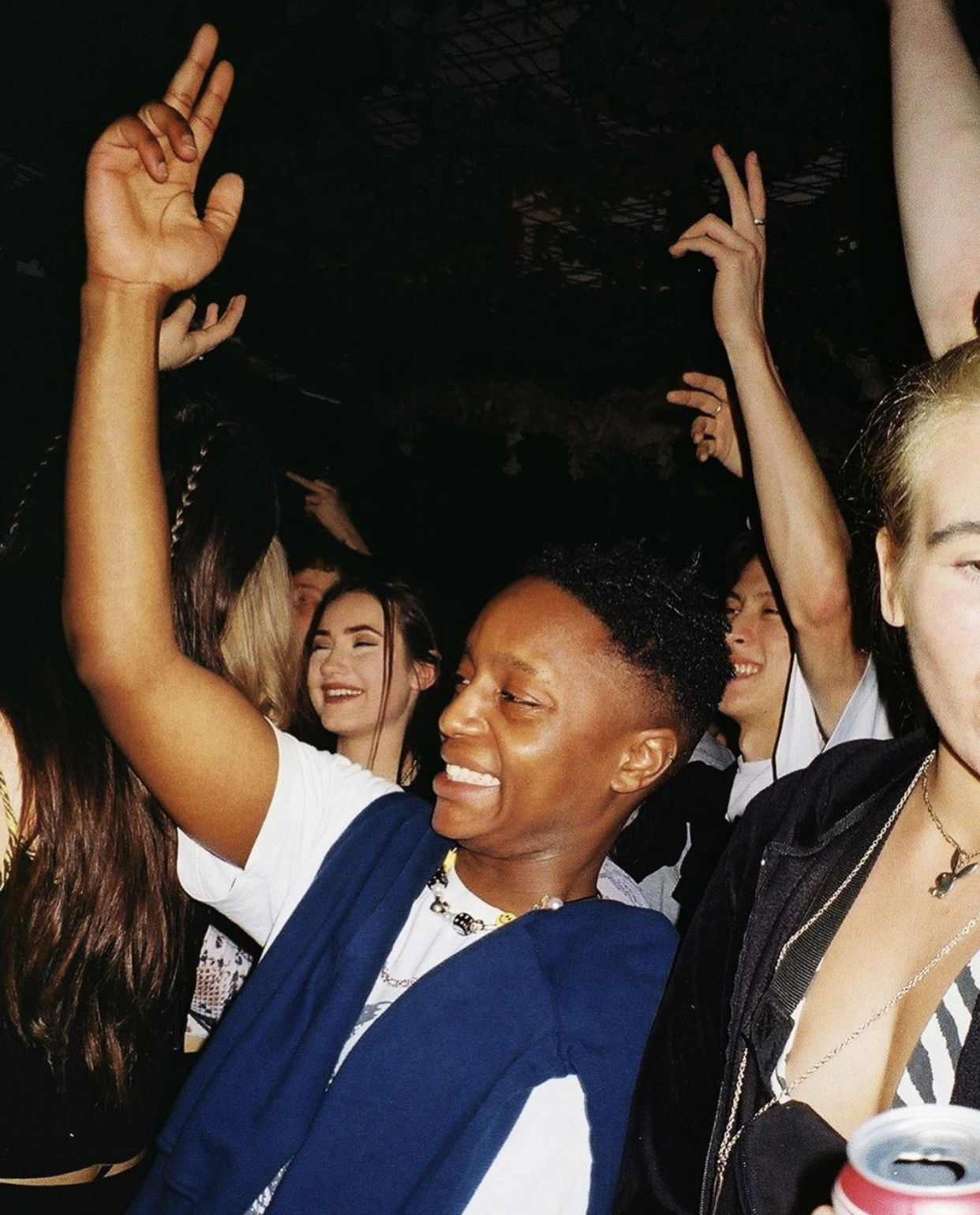
Why do you think rave is so important to our generation? How has it remained so exciting and relevant after so many years?
This question is what really interested us when creating the book, so we made Instagram questionnaires asking people what they love about the rave scene and modern-day rave culture. The kind of answers that came up again and again were about a sense of community and belonging, it being a place without judgment where you can leave your worries at the door. Everyone wants a place they can feel accepted and at home, and it provides an escapism for so many people. I don’t think that’s something that can ever die because music is a powerful uniting force in so many different cultures and communities, across the world. In a rave it doesn’t matter who you are, where you’re from, how old you are (as long as you’re not a dickhead), because you’re all there for the same reason. Rave has always adapted to fit each generation, with different genres of electronic music dominating the scene in different decades. Even in the past year since we first had to go into lockdown, the scene has had to evolve and with so many live streams and online weekend ‘festivals’ last summer we saw how versatile it can be. It is constantly evolving, while many old trends within it stay relevant now – particularly the 90s and 2000s fashion that influences rave culture and fashion so much today. The world is definitely becoming more liberal and the younger generation doesn’t like conforming to a society that’s trying to control us. That’s what rave represents for so many people; historically it has embodied rebellion and been anti-establishment, with free parties in unauthorised and unlicensed venues. What has been happening politically in the UK and the especially the past year due to the pandemic has made a lot of these values even more important to our generation in my opinion, so I think the rave scene and especially the illegal rave scene will come back stronger than ever in a world post-coronavirus.
What are some of your favourite photos and quotes from the book?
Our favourite quote from the whole book has to be from our friend Max, his English degree definitely came in handy: “The ritual of it all…nausea, anticipation, dodgy dealers, securing the afters. Pat downs and sniffer dogs with a baggie in your boxers. Chemical communion in front of the DJ booth, 4x4 tribal rituals with total strangers…the come up, the ecstasy blues, on it for days then onto the next. Total rave religion man.” Another favourite is from DNB DJ Trakker which touches on the anti-establishment background of rave culture: “…that connection that everyone in the room feels, that fusion of vibe created by the music coming out of the sound system and the sheer joy of the people dancing. I also adore the anti-establishment ethos that the rave scene was built on, I think the punk and rave scene have more in common than some would think” Picking a few favourite images was hard but to us these ones really capture being in the middle of the dance:
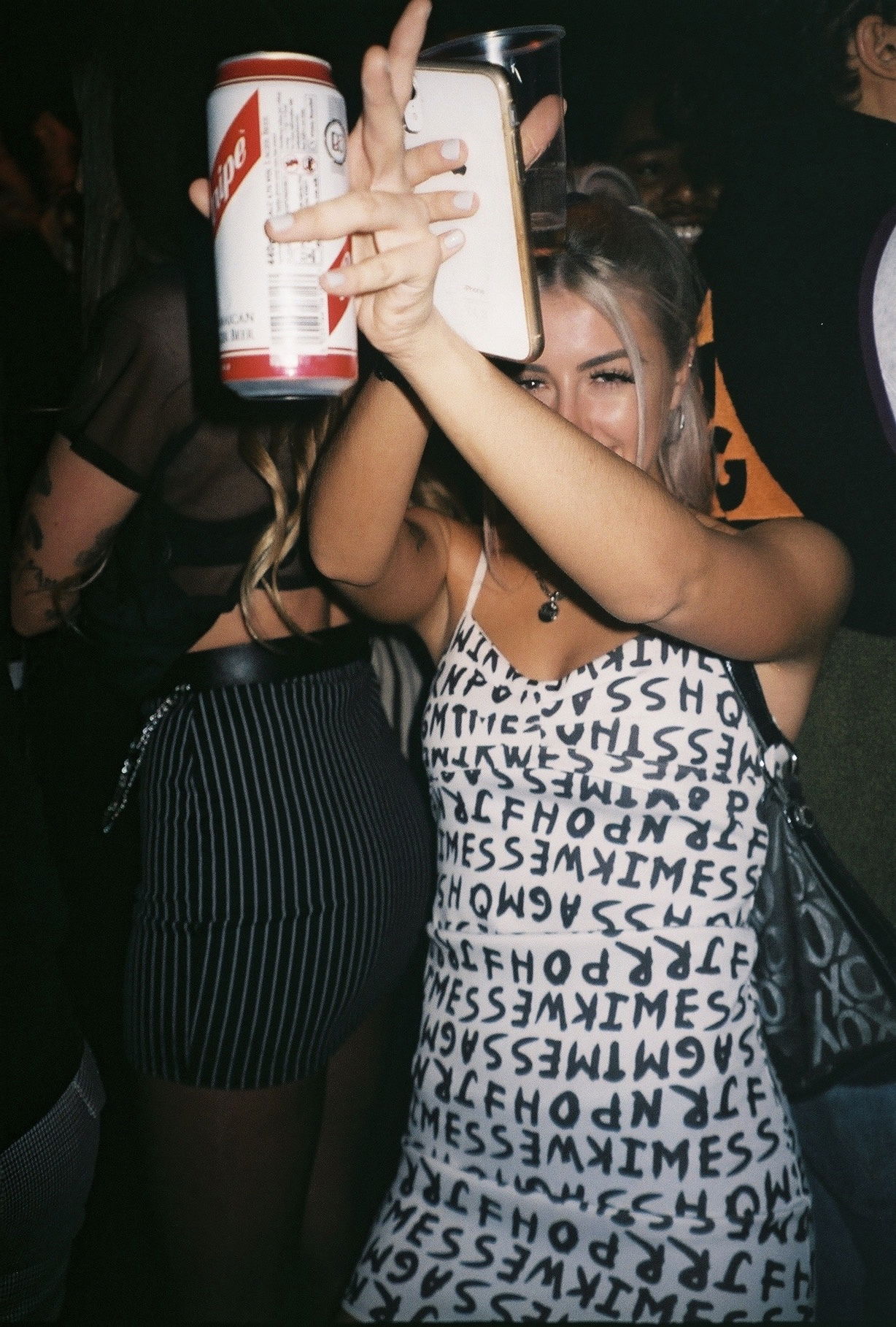
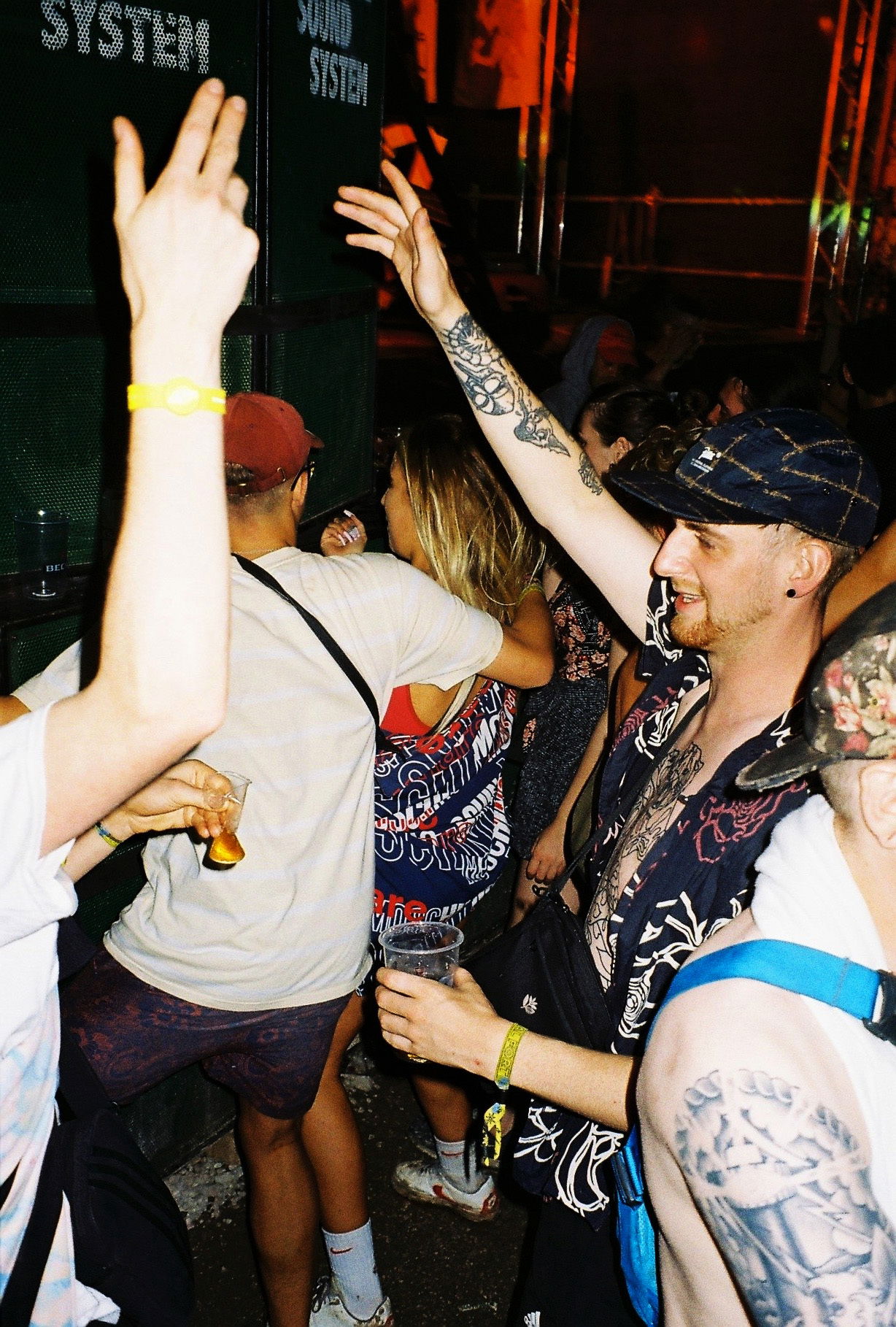
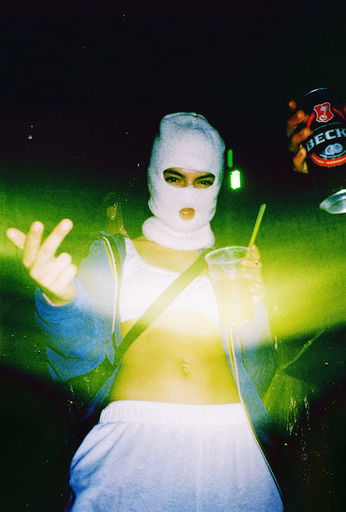
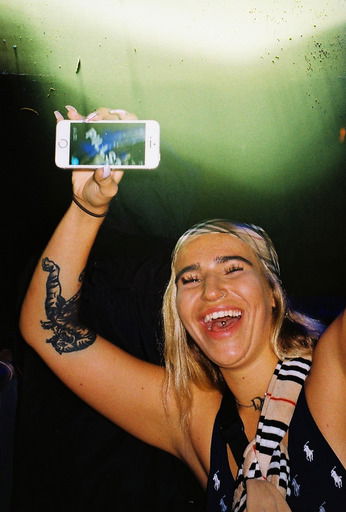
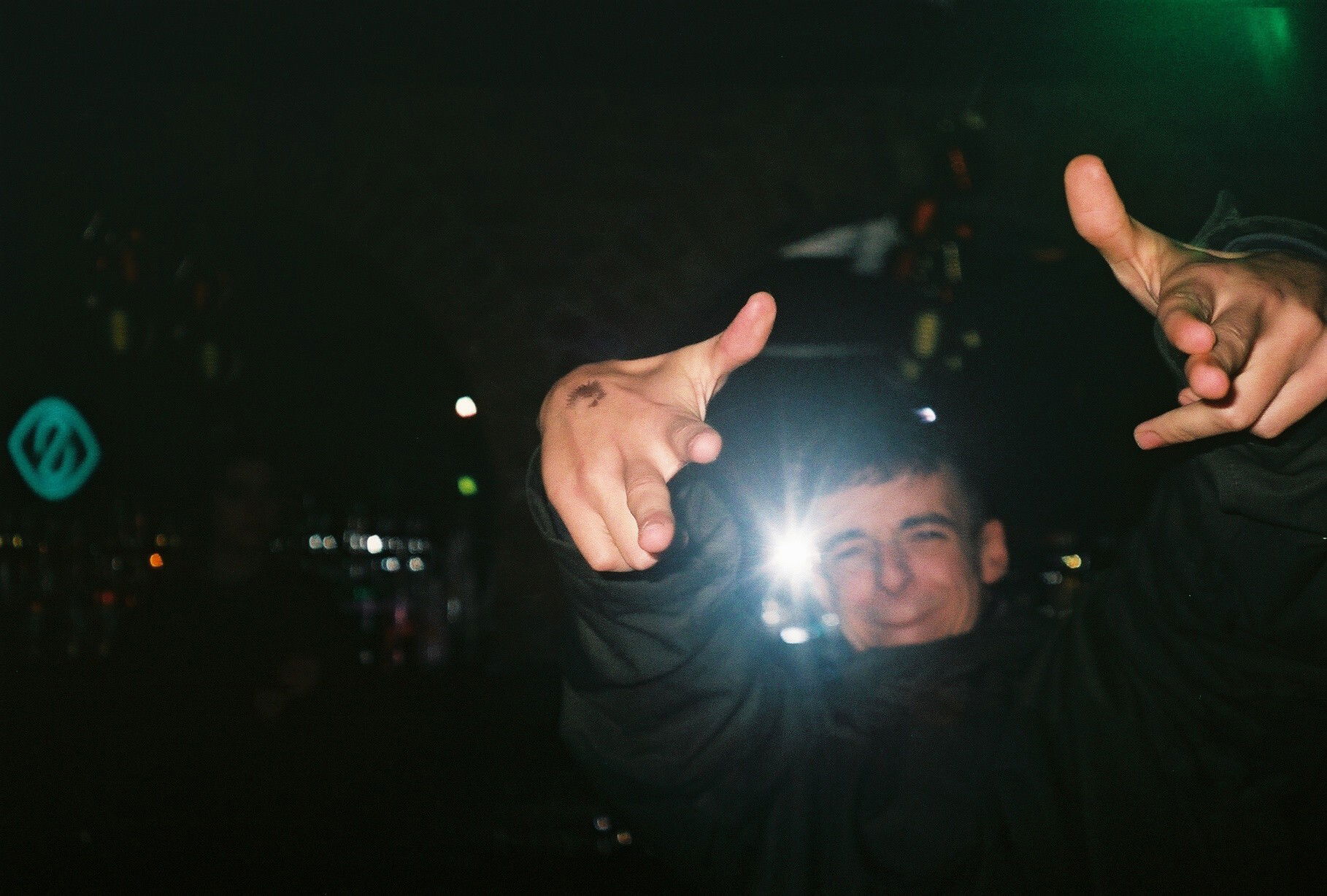
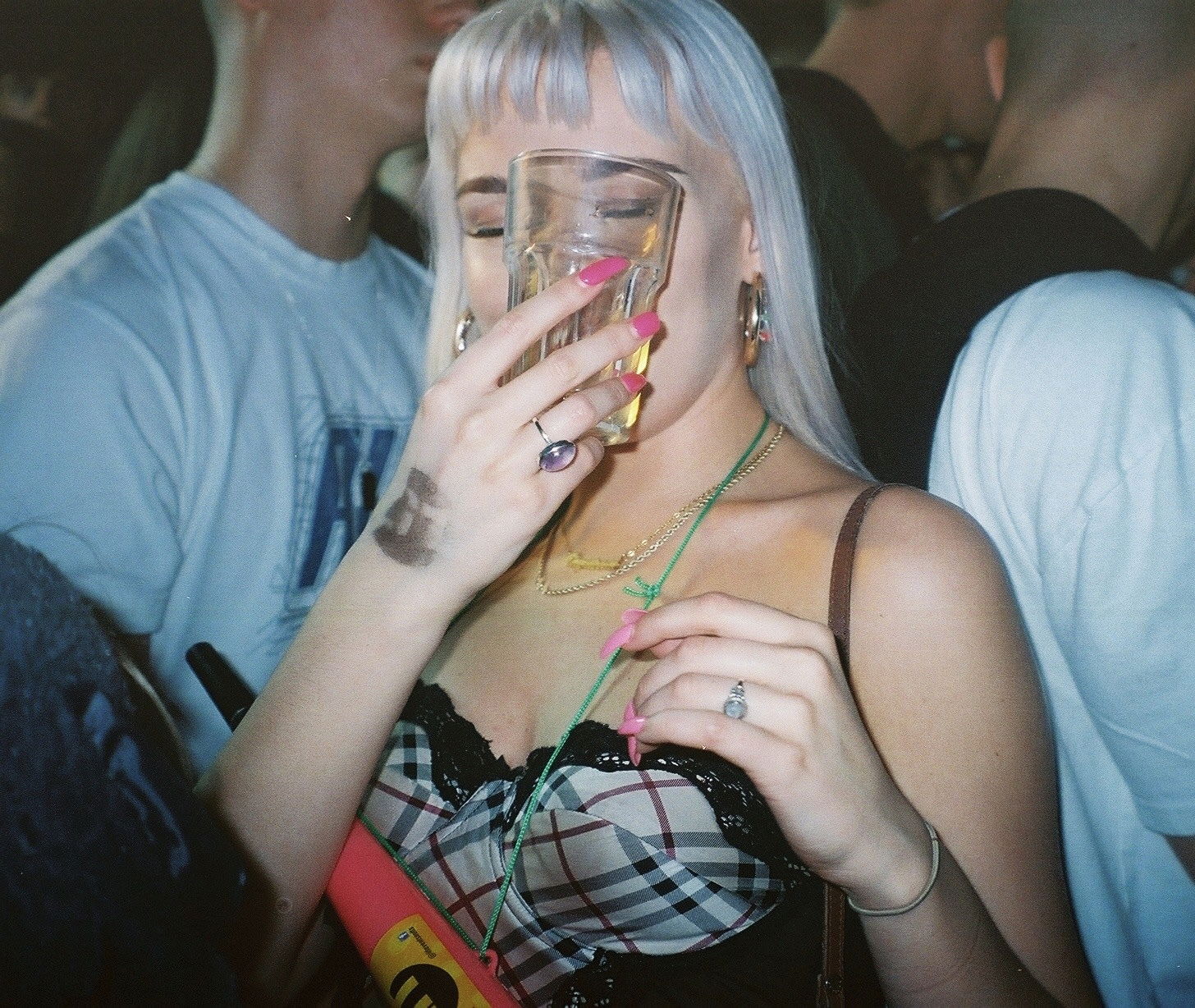
What do you hope people take away from the book?
We wanted the book to have a nostalgic feeling and capture the essence of being in a rave, not just through the photography but alongside the quotes from people and what they love the most about it. It emulates the feeling of stepping into a rave with the front and back cover being doors, the intention being to provide an escapism for the duration of reading it, with lights and crowd pics throughout it, it’s like a journey from the start to the end of a rave. We want it to spark peoples own memories towards the rave, to see them and their mates there not just our friends and our experiences on which its based. If people come away from it feeling that sense of community or the excitement of being in a rave then that’s sick!
GET YOUR COPY NOW!: https://lmarshalldesign.bigcartel.com/